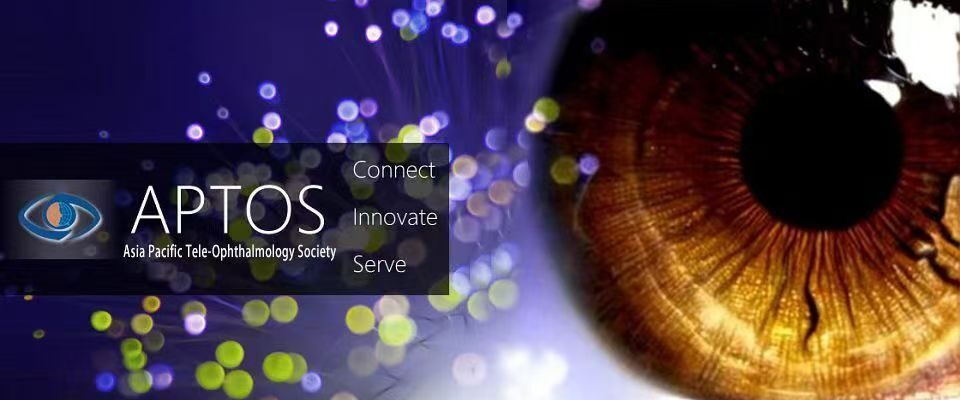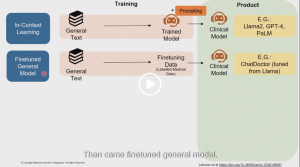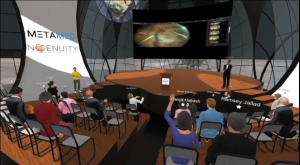Abstract
Telemedicine services facilitate the evaluation, diagnosis, and management of the remote patient. Telemedicine has rapidly flourished in the United States and has improved access to care, outcomes, and patient satisfaction. However, the use of telemedicine in ophthalmology is currently in its infancy and has yet to gain wide acceptance. Current models of telemedicine in ophthalmology are largely performed via “store and forward” methods, but remote monitoring and interactive modalities exist. Although studies have examined the effects of telemedicine, few reports have characterized its current status. We perform a descriptive analysis of the current state of teleophthalmology in the United States. We describe the use of teleophthalmology in the hospital and outpatient settings. We also review the applications to retinopathy of prematurity, diabetic retinopathy, age-related macular degeneration, and glaucoma, as well as anticipated barriers and hurdles for the future adoption of teleophthalmology. With ongoing advances in teleophthalmology, these models may provide earlier detection and more reliable monitoring of vision-threatening diseases.



